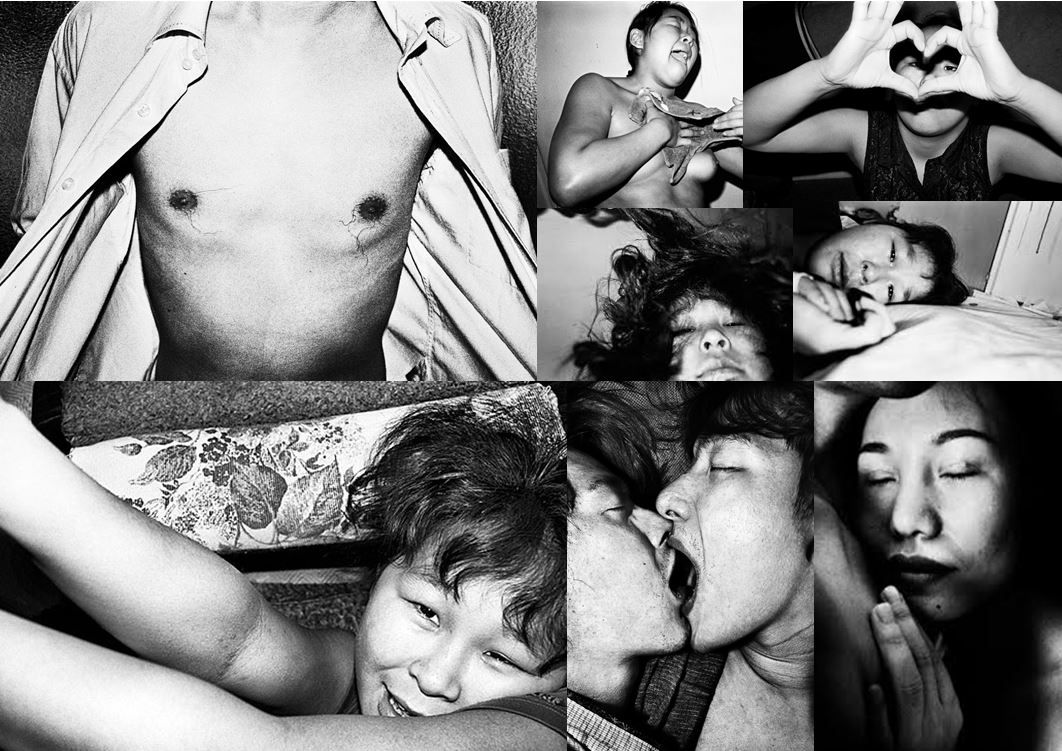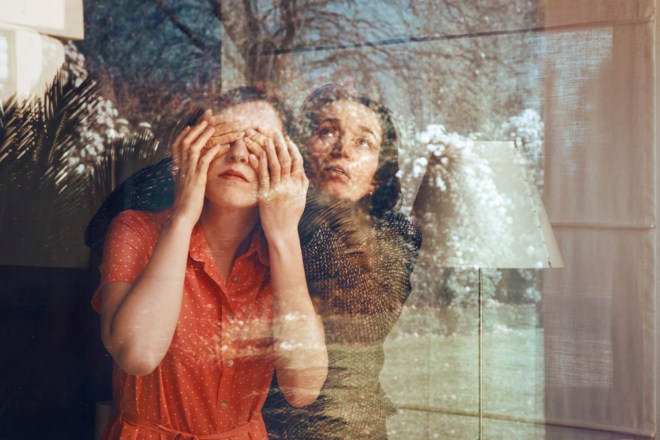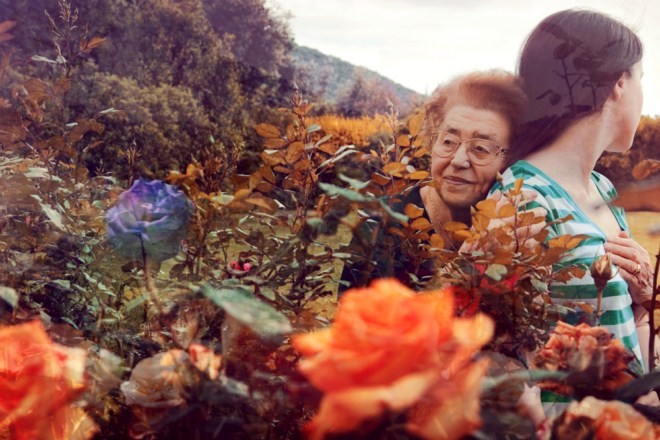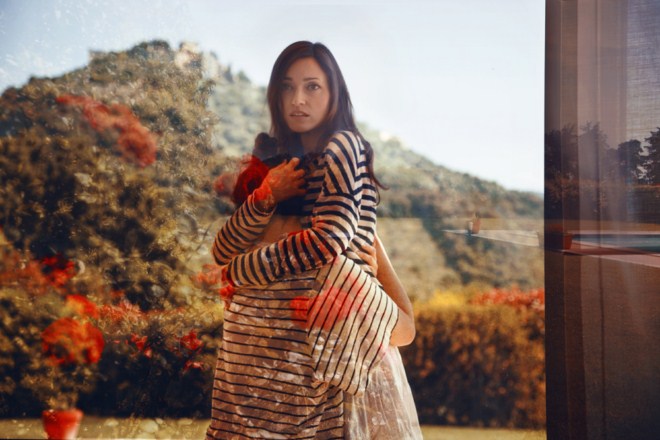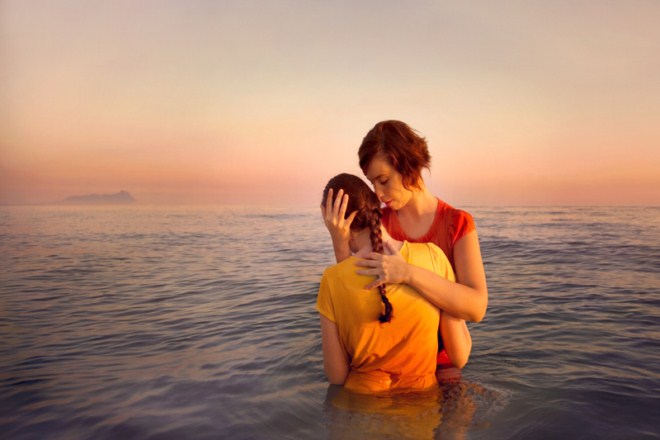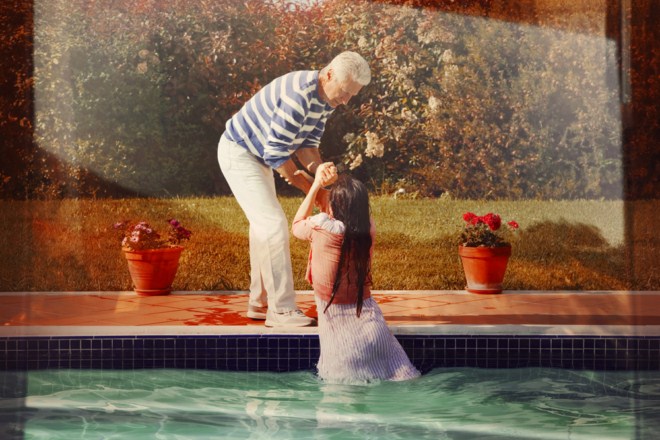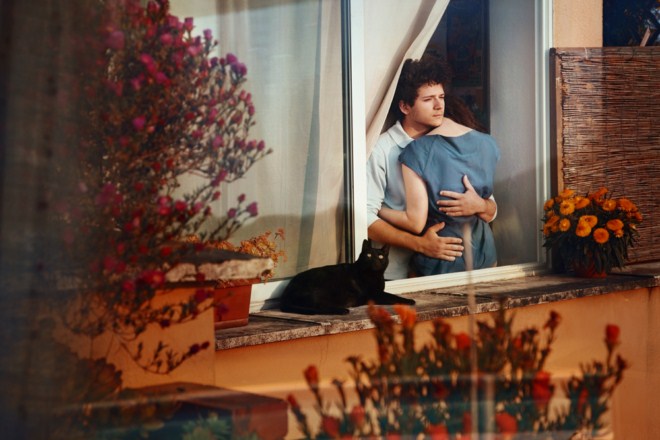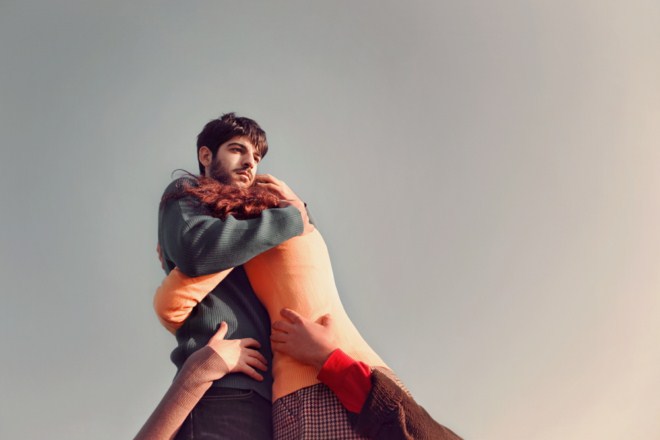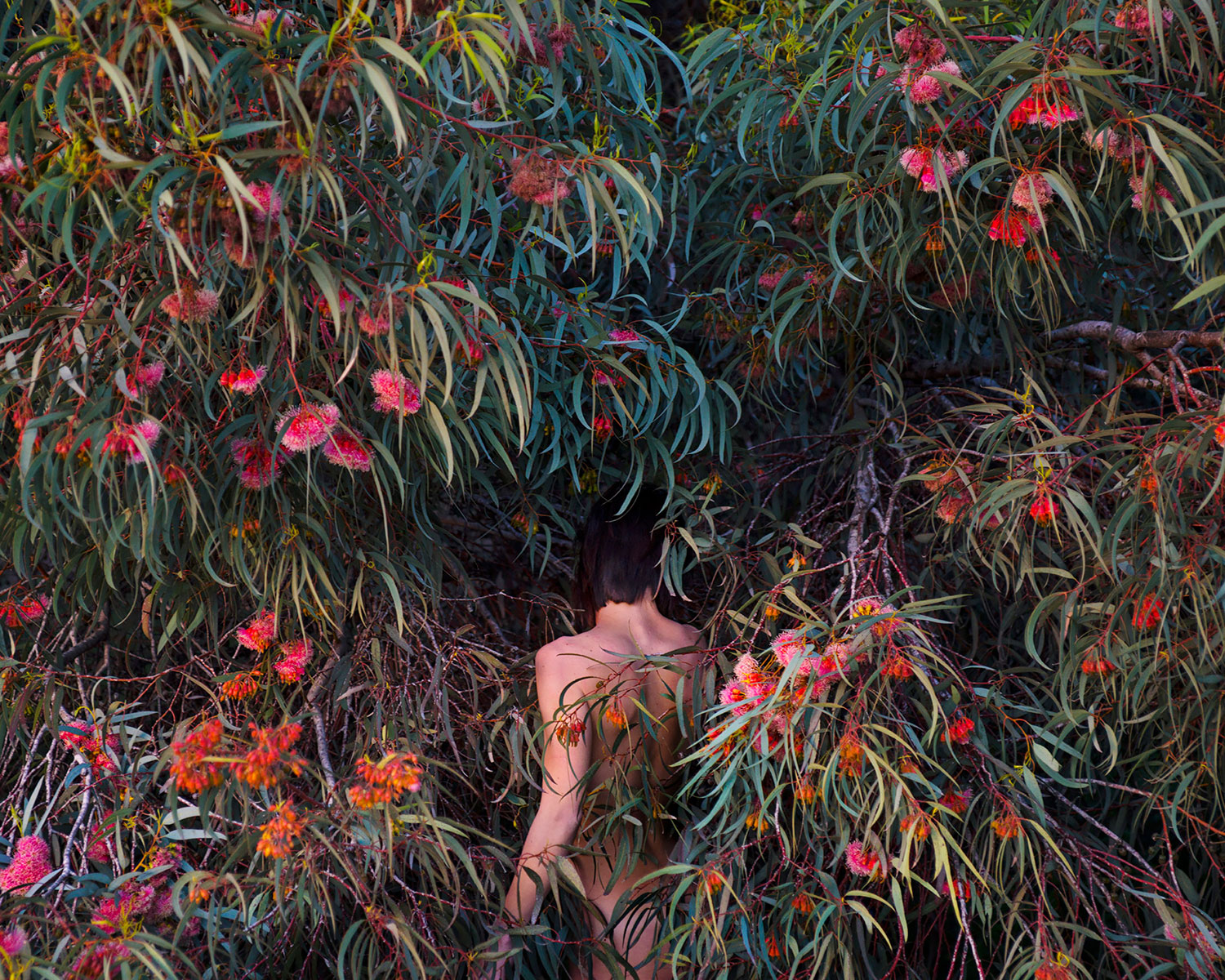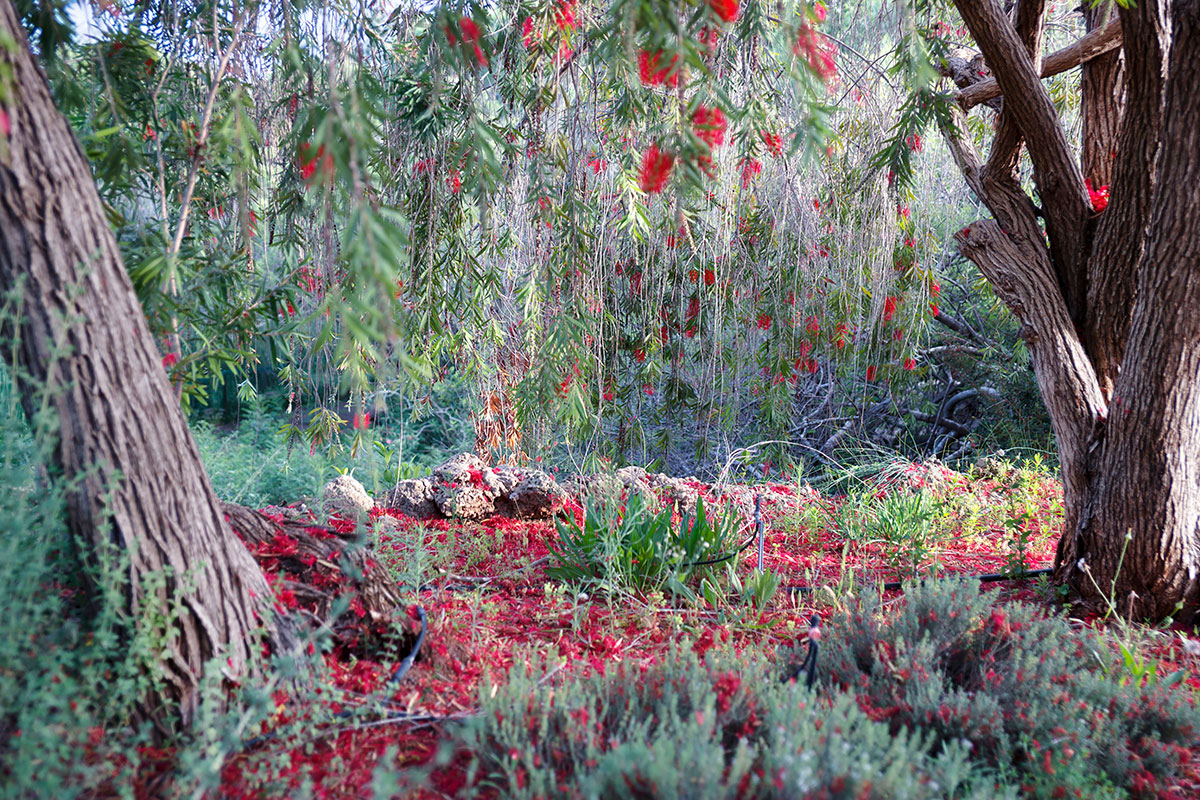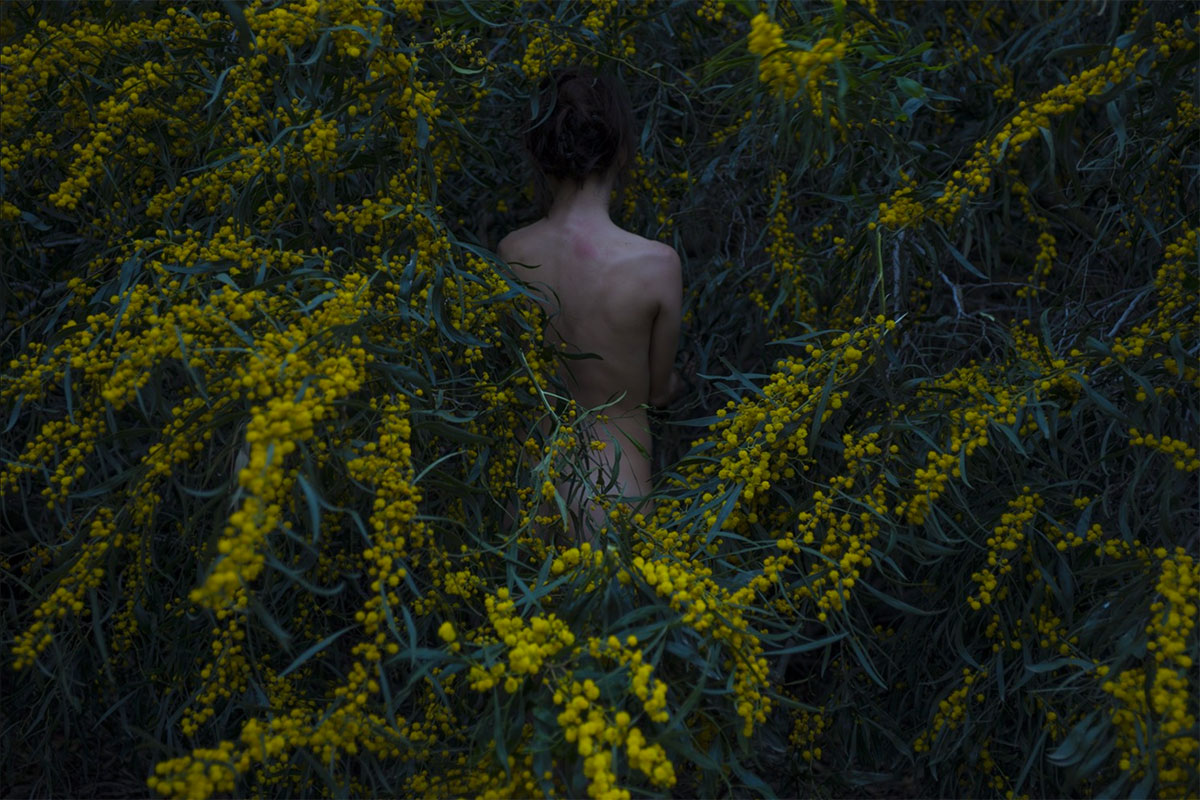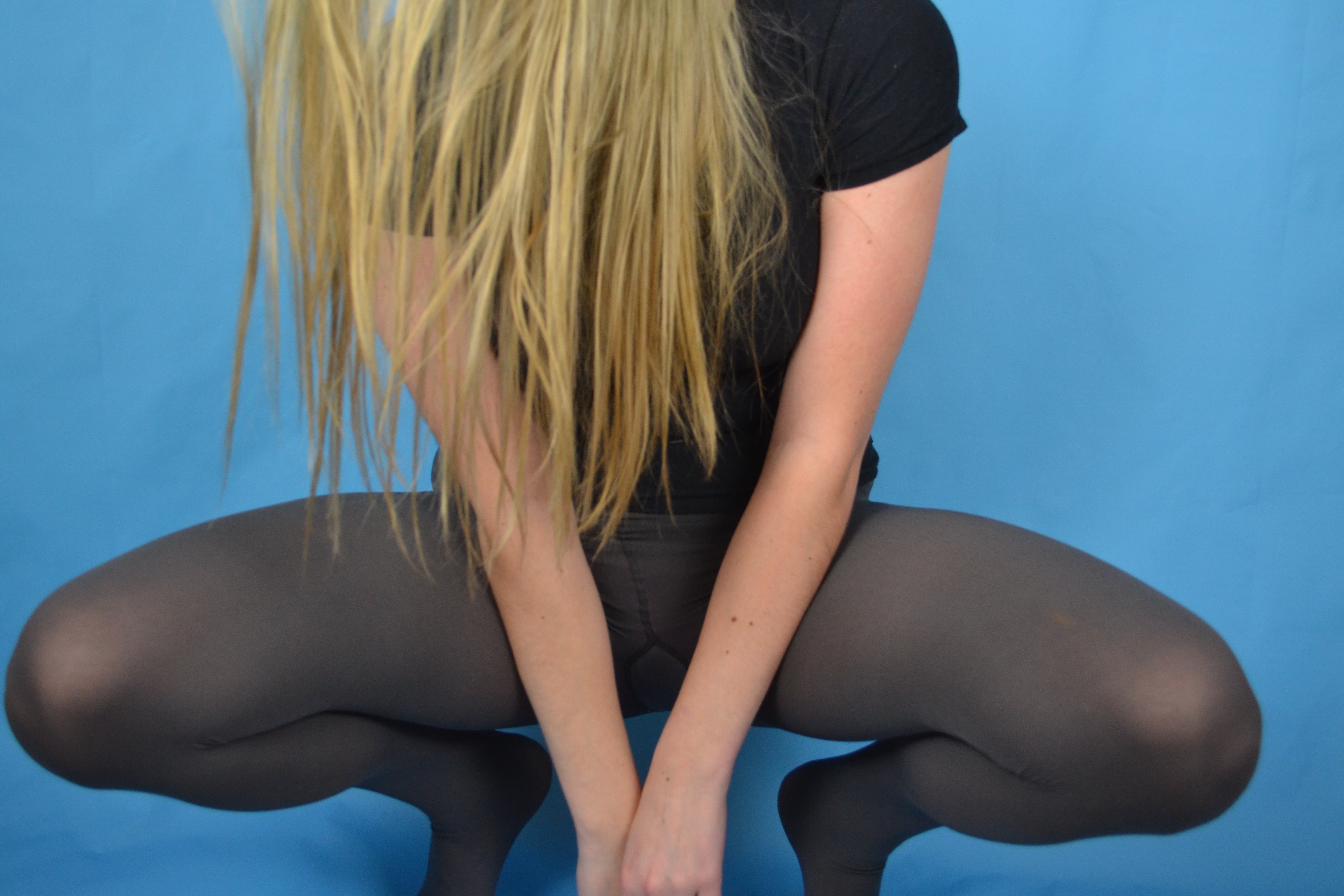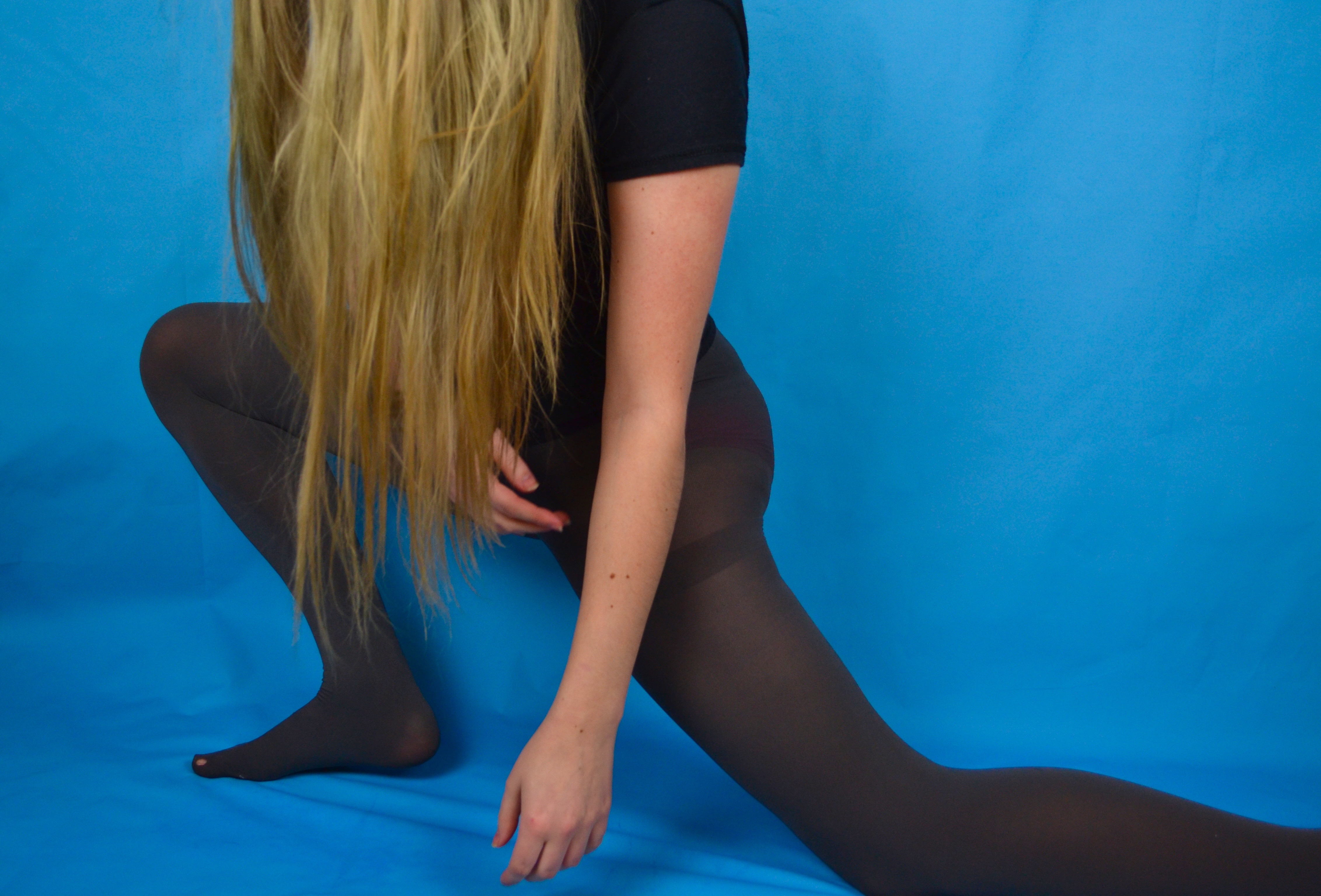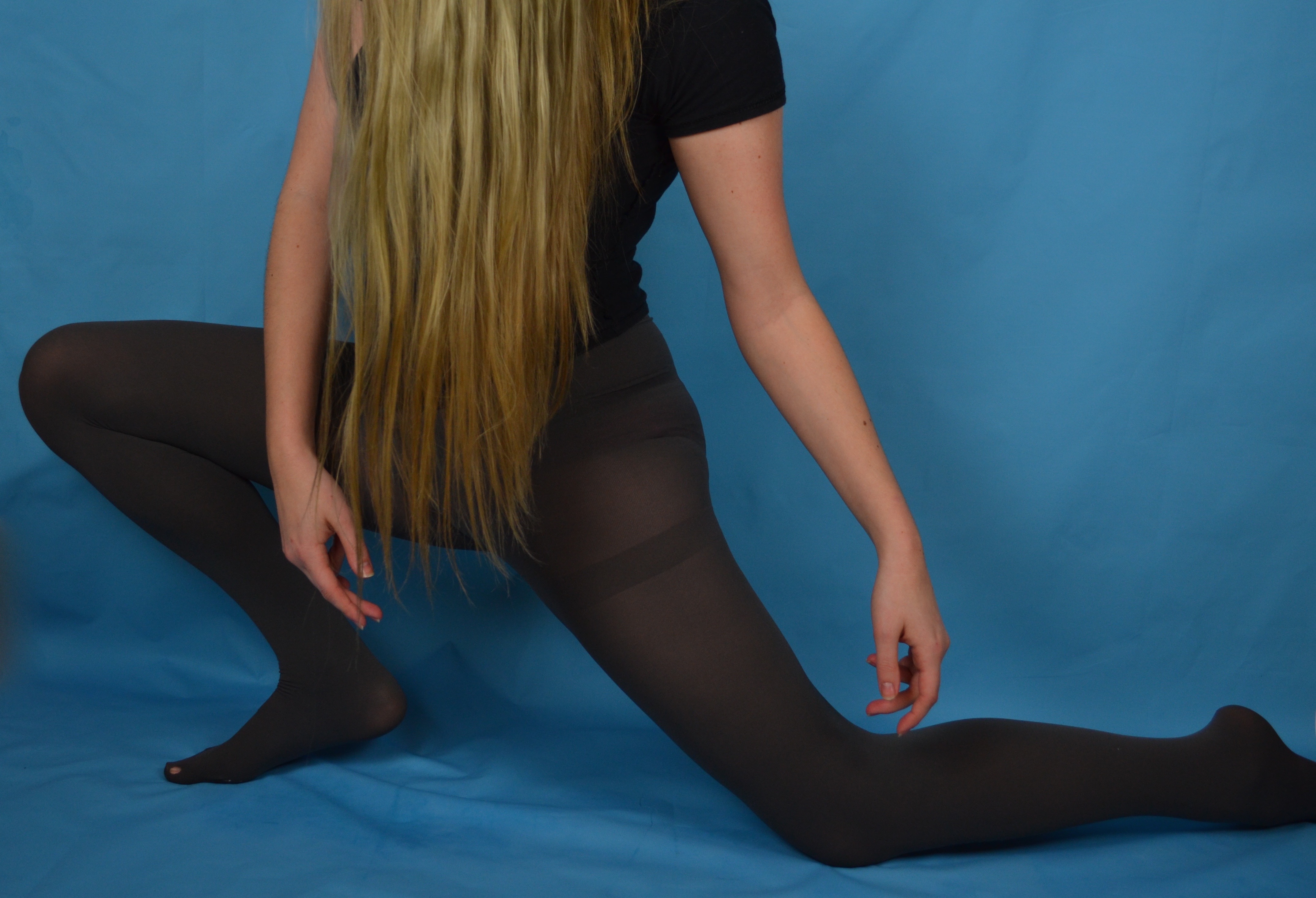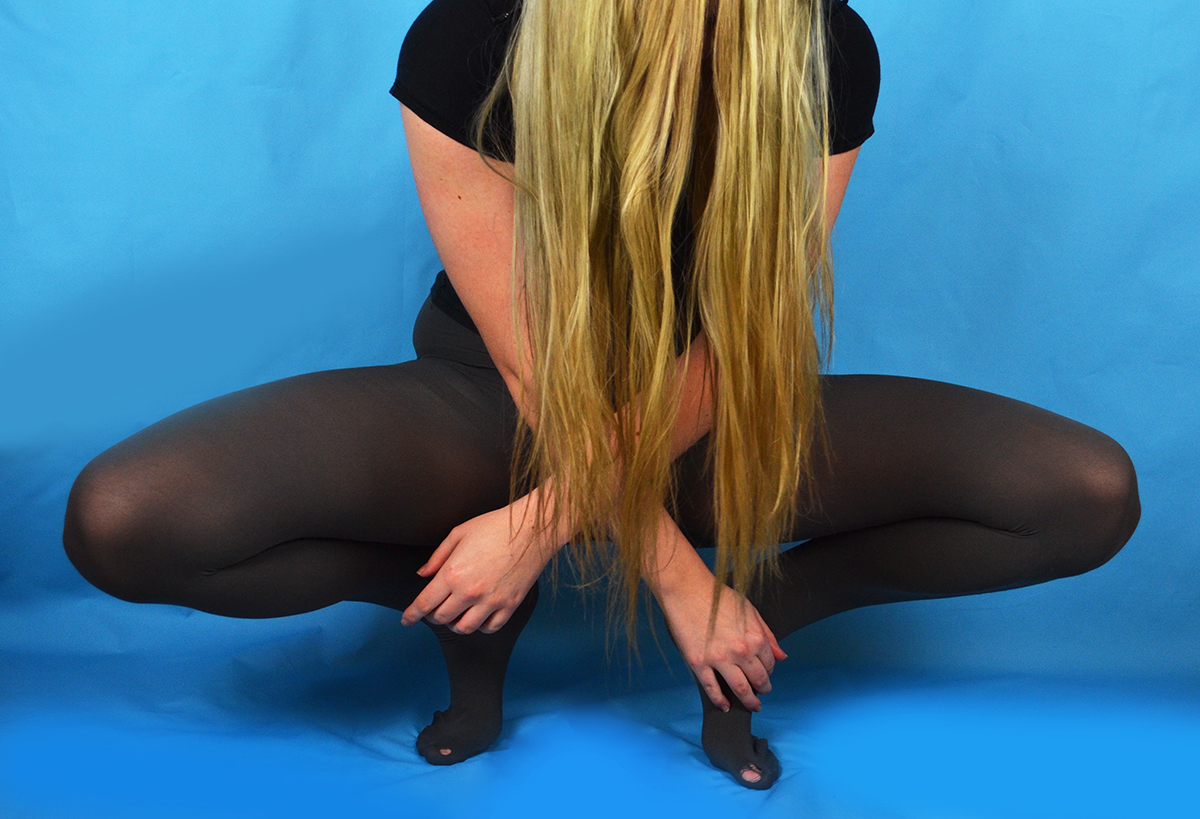So far I have thought about various approaches to the theme of environment. I have considered ideas to do with performance, documentary, land art and sculpture. There are elements from each of these that interest me but don’t appear strong enough alone. From reviewing the mark scheme and examples of student exam projects I can see the importance of sustaining and developing focused ideas rather than having many disconnected responses. For this reason I have narrowed my ideas down to several key starting points which I am going to focus on and develop. I am also planning to do more research around the deeper themes in my work and consider other disciplines as well as looking into some more artist references.
Firstly I am going to explore portraiture and performance photography possibly using a more surreal approach by experimenting with long exposures and some artistic editing techniques such as superimposition. I’m also going to make use of mirrors and reflections which is how I could bring in the idea of the mirror from the Foot buildings if this is a possibility. In my shoots I could consider human relationships and connections to environments as well as the idea of natural vs domestic spaces. I am thinking of taking inspiration from artists such as Clare Rae as well as others such as Francesca Woodman.

As an element in my project I think I am going to consider the concept of abandonment in relation to how humans alter environments. This connects to previous ideas I have explored such as the decay of old buildings and past human traces in them. I am going to explore the idea of abandoned/lost things that don’t belong in certain environments and things that have been given away. I might take inspiration from photographers such as Mark Dion and collect objects from environments and photograph them. This idea could also include photographing environments such as storage spaces and charity/ antique shops and could incorporate the ideas from early shoots I have done at the animals shelter and the idea of institutions/community services.

I would also like to include an element of Earth art in my project possibly by using the materials found in the environments where I am exploring performance photography. This could also relate to the idea of abandoned objects by showing the human presence in natural landscapes for example at beaches and working with natural and man-made materials. This could also be an opportunity to make use of stop-frame animation and film as I was inspired by the idea of animated land art such as the example below.
Additionally If I was going to use myself in photographs I think it might be easier to use film and then take stills from the video footage. I could possibly experiment with combining performance and stop frame animation using materials from landscapes to further consider the relationship between people and environments.


